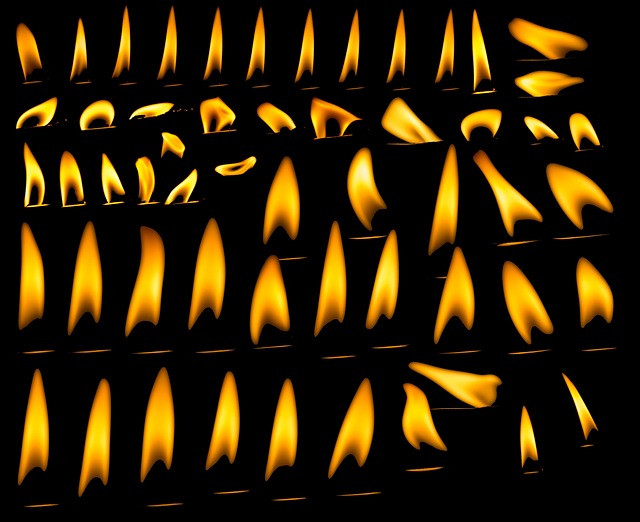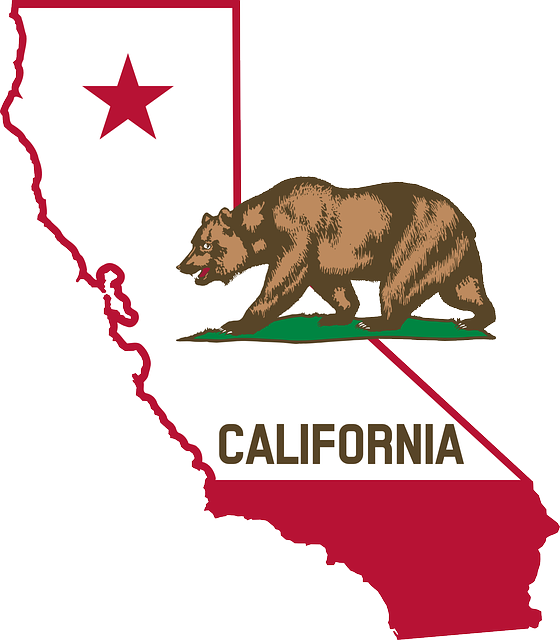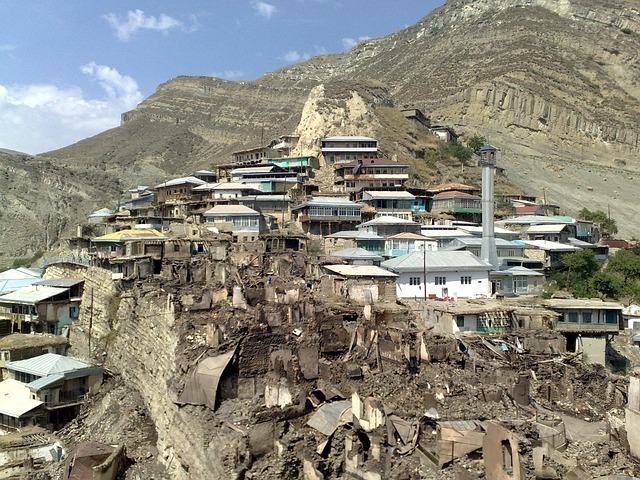California's house flipping investors specialize in acquiring, renovating, and reselling distressed properties, particularly fire-damaged homes, for profit. They employ strategies such as auction purchases, foreclosures, or direct deals, focusing on capital appreciation through meticulous project management and construction expertise. The dynamic real estate market offers significant opportunities due to natural disasters like wildfires, allowing investors to revitalize neighborhoods while achieving financial gain. Selling fire-damaged properties requires understanding legal and financial complexities, including damage assessment, disclosure laws, insurance claims, and market dynamics.
House flipping investors play a crucial role in California’s real estate market, particularly when it comes to buying and selling fire-damaged properties. Understanding these investors’ motivations is key to navigating this unique segment. This article explores their appeal for such properties, provides strategies for successful flipping after fires, and delves into legal and financial considerations specific to selling fire-damaged homes in California. By exploring these aspects, both seasoned flippers and newcomers can make informed decisions when dealing with post-fire real estate opportunities.
- Understanding House Flipping Investors and Their Motivations
- The Appeal of Fire-Damaged Properties in California for Flippers
- Strategies for Successful House Flipping After Fire Damage
- Legal and Financial Considerations for Selling Fire-Damaged Homes in CA
Understanding House Flipping Investors and Their Motivations

House flipping investors are a specialized subset of real estate enthusiasts who buy, renovate, and quickly resell properties for profit. Their primary motivation lies in capital appreciation—acquiring distressed or undervalued homes at a low cost, undergoing necessary repairs and renovations, and then selling them at a higher price to generate substantial returns. In California, where the real estate market is both diverse and dynamic, sell fire damaged property has become a niche yet lucrative opportunity for these investors. Fire-damaged properties, often overlooked by traditional buyers due to their condition, present an attractive prospect for flippers who see potential hidden beneath the surface.
These investors are driven by a combination of financial goals, market insights, and a knack for identifying undervalued assets. Their strategies may involve buying at auction, foreclosures, or directly from distressed sellers. The appeal lies in the potential for significant profits, especially in regions with high real estate values like California. Flippers must possess a keen eye for detail, project management skills, and a deep understanding of construction and repair processes to turn these damaged properties into saleable assets.
The Appeal of Fire-Damaged Properties in California for Flippers

In California, where natural disasters like wildfires are a recurring phenomenon, fire-damaged properties present a unique and appealing opportunity for house flipping investors. Despite the initial devastation, these homes often sit in highly desirable locations and have the potential to be restored to their former glory or even transformed into something entirely new. Investors see this not just as a chance to profit from real estate but also as an investment in rebuilding communities affected by these disasters.
The market for selling fire damaged property in California is dynamic, with a steady demand from buyers looking to take advantage of the affordable prices and lucrative flipping potential. Flippers can renovate and refurbish these homes, adding value through strategic repairs and modern updates. This not only benefits investors financially but also contributes to the area’s recovery, revitalizing neighborhoods and enhancing their long-term appeal for future residents.
Strategies for Successful House Flipping After Fire Damage

When it comes to house flipping, encountering fire damage can seem like a significant setback. However, experienced investors in California know that with the right strategies, these challenges can be turned into opportunities. The first step is to assess the extent of the damage and determine if the property is even salvageable, considering local building codes and regulations regarding fire-damaged homes.
Restoration or demolition? This critical decision will shape the flipping process. If the damage is minimal, a quick renovation might be feasible, focusing on updating the interior while ensuring structural integrity. For more severe cases, a complete gut rehabilitation might be required, allowing for a fresh start and the chance to implement modern design elements. Selling fire-damaged property in California can be attractive to buyers seeking a renovation project or a unique opportunity, so proper marketing is key. Highlighting the potential for transformation while adhering to legal requirements will attract the right audience.
Legal and Financial Considerations for Selling Fire-Damaged Homes in CA

Selling fire-damaged properties in California involves a unique set of legal and financial considerations for house flipping investors. The first step is to thoroughly assess the extent of damage; structural integrity, as well as the cost of repairs, are key factors that influence whether it’s profitable to rehabilitate the home. California law mandates specific disclosure requirements when selling properties, especially those with significant damage. Investors must disclose known issues, such as fire damage, to potential buyers, providing detailed reports and estimates for any required renovations.
Financial aspects are equally important. Property owners or investors should be aware of the potential costs associated with repairs, decontamination, and renovation. Insurance claims play a crucial role in mitigating these expenses; reviewing policies and understanding coverage for fire damage is essential. Additionally, investors must consider potential market impacts; while some buyers may seek out affordable options in fire-affected areas, others might view such properties as a significant investment opportunity.
House flipping in California, particularly after fire damage, presents a unique opportunity for investors with the right strategies. Understanding the motivations of these investors and navigating the legal and financial considerations involved is key to success. By recognizing the appeal of fire-damaged properties and adopting effective flipping strategies, you can capitalize on this market segment, ultimately leading to profitable ventures in selling fire-damaged homes in California.






